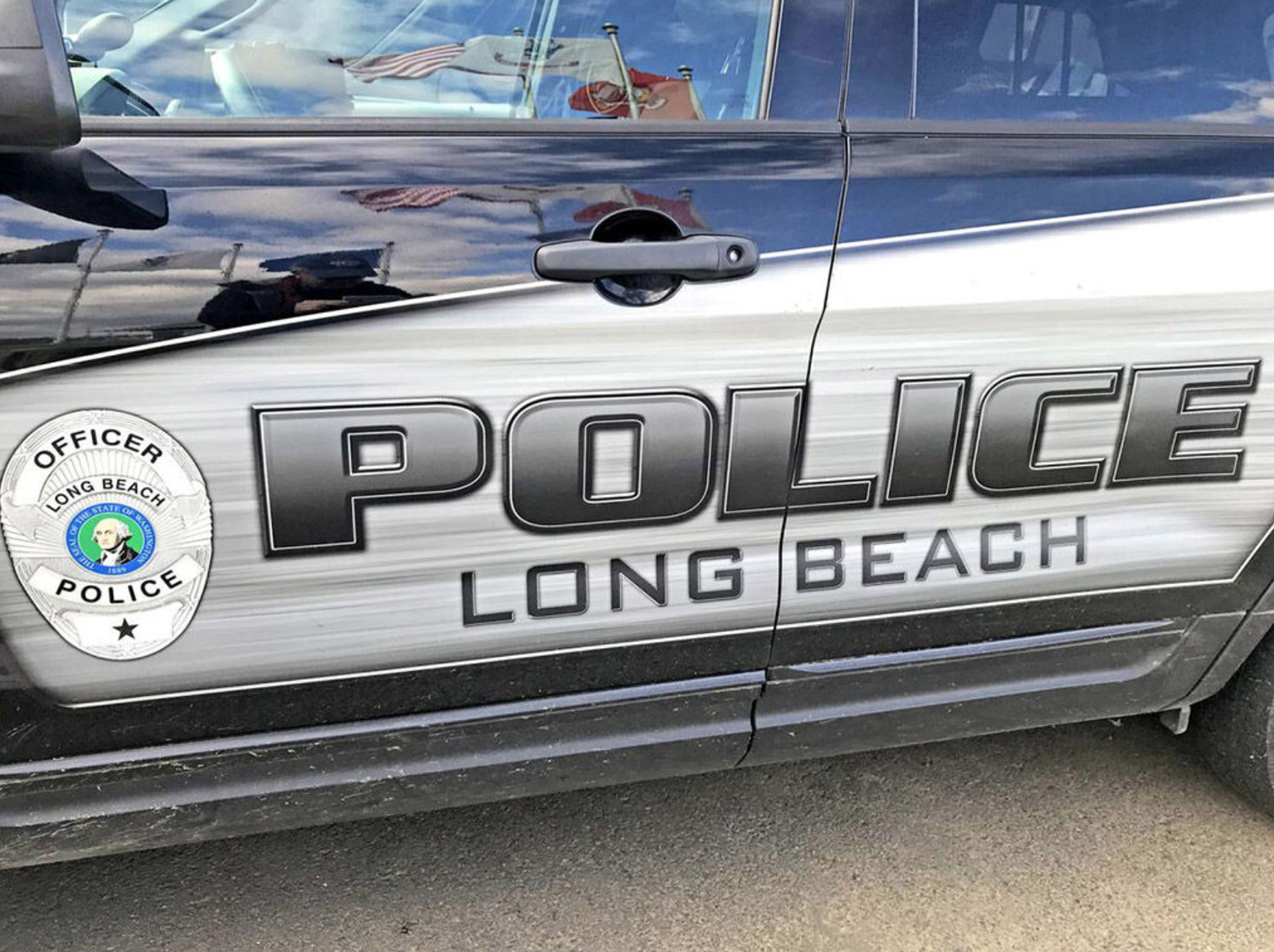Ask a Master Gardener: Tips for choosing the perfect Christmas tree
Published 4:00 pm Tuesday, November 30, 2004
Question: We will be going out to a local tree farm to get our Christmas tree this weekend. Can you tell us something about the different varieties?
Trending
Answer: We are so very fortunate to live in an area where Christmas trees are grown commercially as an agricultural crop. There are any number of “choose and cut” farms in our coastal area which provide a great assortment of tree varieties. A recent survey of local farms found the following varieties in good supply.
Noble fir, with its stately appearance and non-shedding needles, continues to increase in popularity. This variety is ideal for decorating due to its strong uniform branches. The needles are anatomically imbedded in the stems of the tree which prevents the majority of needle loss. When provided with a continuous supply of water, this tree will easily last several weeks in the average home.
Grand fir also remains a popular tree, due primarily to its strong fragrance. This variety produces a beautiful, emerald green, thick foliage when sheared. It is easily distinguished from other Pacific Northwest firs by its sprays of lustrous needles in two distinct rows. They are usually horizontally spread so that both the upper and lower sides of the branches are clearly visible. The needles are 1 to 1 1/2 inches long with glossy dark green tops and two highly visible white lines of stomata on the undersides.
Trending
Fraser fir, which are native to the East Coast, have become very popular in recent years. The dark green color, short needles and fresh-cut aroma make it one of the most desirable trees on the market. Even heavy ornaments can be hung from its strong boughs that have been pruned carefully for the desired shape. The silvery underside of Fraser fir’s soft needles are pleasant to the touch and are retained on the tree throughout the holiday season, provided it is kept in sufficient water.
Douglas fir has been a major Christmas tree species in the Northwest since the 1920s. Nationally, it is still one of the most popular Christmas tree species. The needles are dark green or blue green, 1 to 1 1/2 inches long, soft to the touch and radiate out in all directions from the branch. They have a wonderfully sweet fragrance when crushed.
This year, Thurston County growers John and Carol Tillman won national tree competitions and will be providing the White House Christmas tree. In addition, they will be supplying a tree from their Christmas tree farm in the Satsop Valley for the Oval Office and one for the presidential retreat at Camp David.
Question: We have a number of holly trees on our property that are volunteers, more than likely “seeded” by birds feeding on berries. Even though they are fairly large trees, they never produce any berries? Why?
Answer: Holly which does not develop berries could be a male holly, or it could be a female holly too far from a male holly to be pollinated. The plant could also be too young. Usually a holly plant blooms when it is from five to ten years old.
One male holly is usually sufficient to supply the pollen for 15 to 18 female plants. To obtain a good set of berries, the male plants should not be more than 900 feet from the females. The pollen is carried from the male flower to the female flower by flies, honeybees, and other types of flying insects. Honeybees work the holly flowers and make a good clear water-white honey from the nectar they collect.
If you do not have a male holly, it is still possible to obtain a set of berries by setting a few small branches from a male holly in a pail of water near the female plant. The cuttings should be placed in the sunlight so there is more of a chance of attracting insects. Both male and female flowers should be in full bloom when this is done since not many male flower buds will continue to open after the branches have been cut.
Question: We hear a lot about using “winterizer” fertilizers on our lawns this time of the year. What are they? Can’t we just use the same fertilizer we apply in the spring and summer?
Answer: Most “winterizer” fertilizers marketed at this time of year contain higher percentages of phosphorus and potassium and lower levels of nitrogen. This might be expressed on a fertilizer bag as “8-18-22” fertilizer – 8 percent nitrogen, 18 percent phosphorous and 22 percent potassium, listed in that order. Regardless of the time of year, nitrogen is the nutrient required most by lawns and the main ingredient to consider when choosing lawn fertilizers.
The main consideration in choosing a lawn fertilizer now is to make sure to either decrease the rate of nitrogen application or preferably choose a fertilizer which contains a slow-release form of nitrogen. If you have been applying ammonium sulfate (21-0-0) to your lawn in April, June and September at the recommended rate of 5 pounds per 1,000 square feet, you can continue to use this material as long as you cut the rate in half (2.5 pounds per 1,000 square feet).
The other option is to choose a lawn fertilizer which contains a slow-release form of nitrogen. Look for terms on the fertilizer bag such as slow-release nitrogen, urea-form, sulfur-coated urea or IBDU, among others. These fertilizers offer the advantage of more uniform grass growth over a period of several months and also reduce the potential for leaching during winter rains.
Question: What about phosphorus and potassium. Shouldn’t those be included along with the nitrogen?
Answer: Both phosphorus and potassium can be included in a “winterizer” fertilizer at moderate rates. Potassium (the third number in the equation) is used all year by grasses, and is involved in heat and cold tolerance, disease resistance, and other stress tolerances. Although phosphorous can be applied this time of the year, WSU turfgrass specialists recommend that you minimize application during the winter months and do a soil test in the spring to determine if phosphorus is in short supply. Most nurseries and garden stores carry a wide variety of “winterizer” fertilizer mixtures. Extension turfgrass specialists suggest that when making your selection, look for a product that has at least 30 to 50 percent of the nitrogen in a slow-release form and has a minimal amount of phosphorous.
EDITOR’S NOTE: For answers to local gardening questions, contact Master Gardener Rachel Gana at 642-8723 or e-mail her at: baiter1@pacifier.com.









